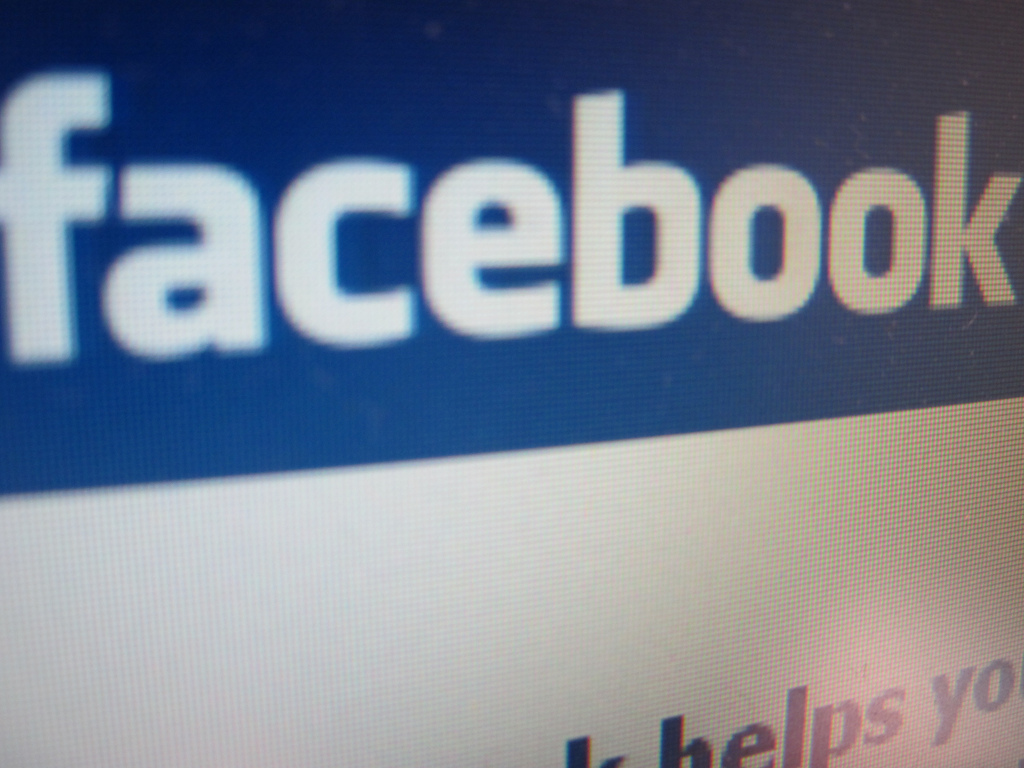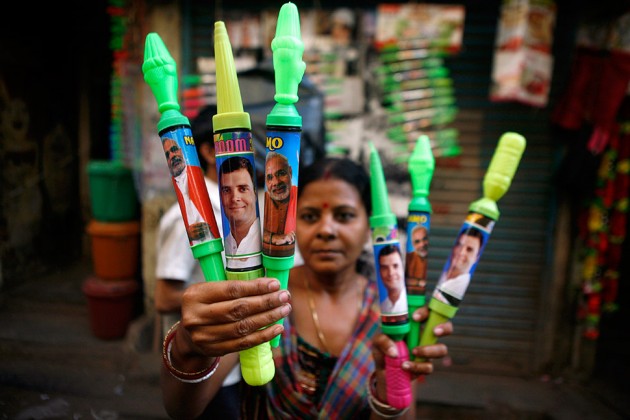Facebook's Fate in India's Hands: How India Controls Facebook's Destiny

Introduction
In only 10 years of existence, Facebook has become the world’s leading social media site, dominating Internet bandwidths all over the globe and completely revolutionizing the way people interact with one another. With more than 1.2 billion users worldwide, the social media giant’s success has, without question, been of profound and unprecedented magnitude. Yet in spite of all this success, Facebook surprisingly still has paramount potential to grow, thanks to India.
Facebook Shifting to India
With modernization and westernization increasingly taking a hold of India, it’s no wonder as to why an increasing number of the country’s residents are getting hooked onto the social and technological norms of global society, especially Facebook.
According to Socialbakers, a social media analytics firm in London, India currently has close to 100 million Facebook users, making it the second largest Facebook market behind the US. These 100 million Indians on Facebook today constitute just 8% of the country’s total population however, and as a result, the opportunity for the already fearsome social media giant to grow in strength has ripened. In fact, by 2015, India is expected to surpass the United States as Facebook’s biggest audience, tilting the social networking action away from the West and towards one of the fastest emerging markets on the planet.
Impact
While Facebook is indeed a product of the ongoing 21st century technological revolution propelled by westernization, its expected increase in strength in the Indian market will actually have minimal impact on India’s cultural norms. This is because Facebook will have to adapt to India, not the other way around.
In order for Facebook to successfully generate exponential revenue from the extremely promising Indian market, the social media giant has to appeal to the masses of India’s populace, thereby adhering to India’s cultural norms as opposed to “westernizing” them. The result has been the development of a number of Facebook experiences that are very different from what Westerners are used to.
For example, Facebook is accessible in many of India’s languages, and there are stripped-down versions that, among other things, do not show users which of their friends are online and which do not host video or high-resolution graphics. This is because Facebook is currently designed to work on the most basic feature phones with the shaky 2G connection that most Indians use to get online.
Kevin D’Souza, Facebook’s head of mobile growth & partnerships in India, explains, “The whole product is designed for standalone mobile, and when I say mobile, it should work even [when] you are on a very basic feature phone. Our app works on thousands of devices now. You don’t have to have an email address. All the notifications are available by SMS.”
Furthermore, as Facebook increases its presence in the Indian market, the company has been forced to begin tailoring its advertising to serve the “Indian user.” Kirthiga Reddy, the head of Facebook India, explains, “Everyone here is used to the experience of walking into the local store, and the owner knows who you are and knows what you need even before you know it. With the advent of mass media, you got the ability to reach lots of people, but you lost that element of personalization. We can help make marketing personal again, so that Facebook can replicate the shopkeeper experience that is so commonplace [in India].”
Conclusion
Whether it be its advertising or its adaptability to flaky cellular connection and basic feature phones, it is clearly evident that Facebook’s quest to expand its already indomitable power requires adherence one of the most ancient and respected cultures in the world. Facebook, in other words, will have to play by India’s rules, or else risk missing out on what could potentially become the largest and most populated market ever.
[Image Attribute: Julien Lozelli cc]



